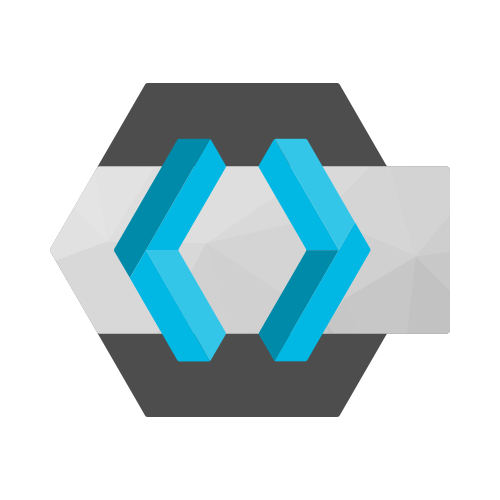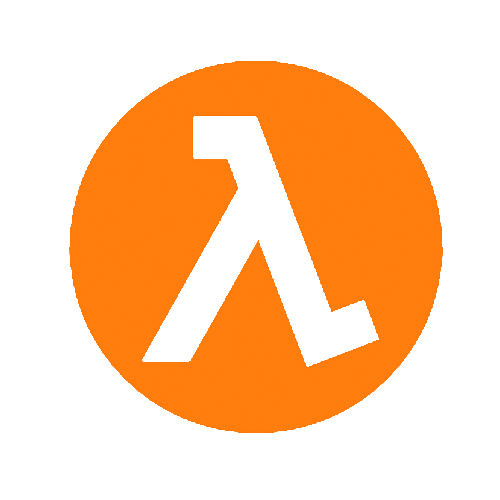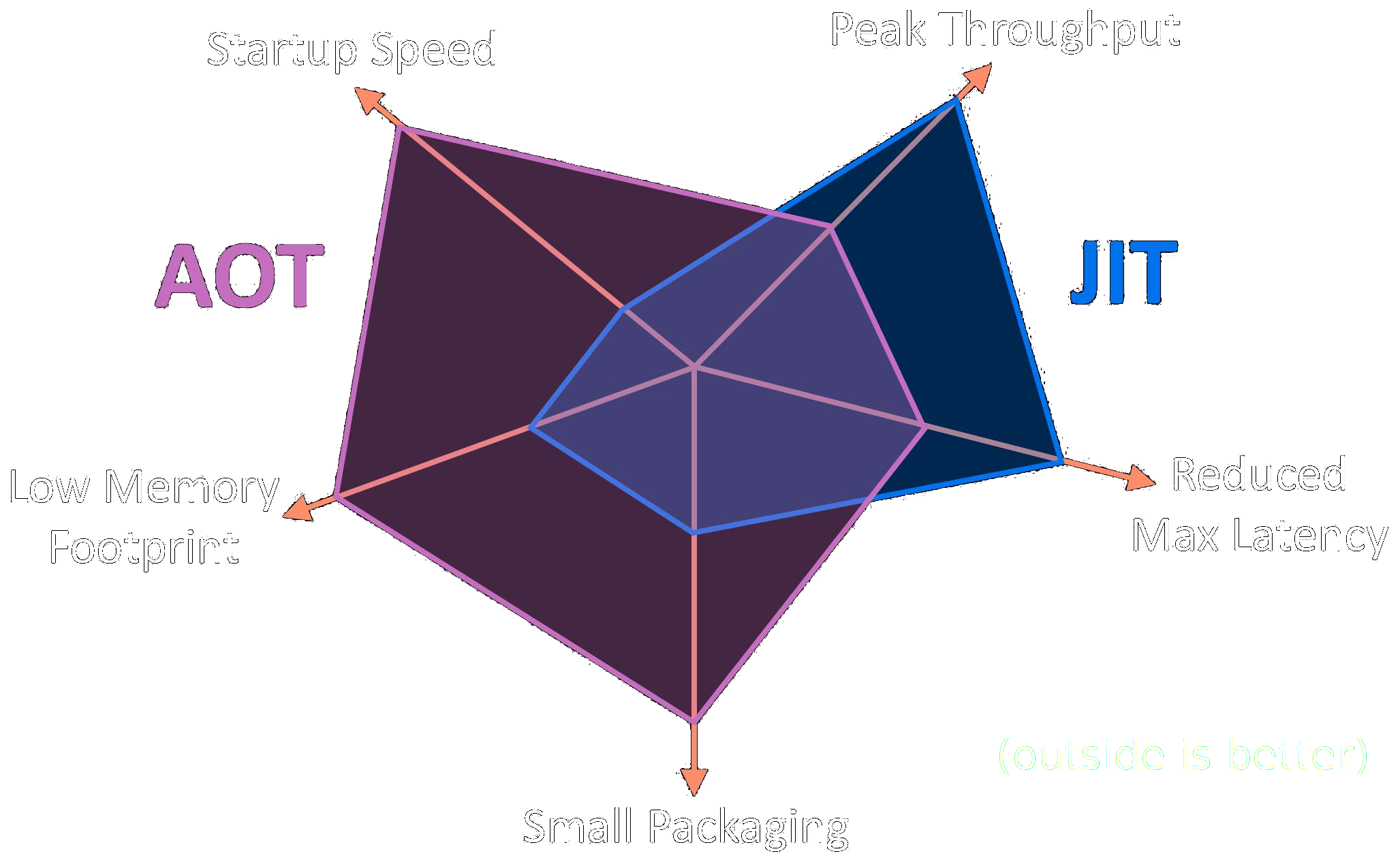
from Inside
Peter Palaga
Peter Palaga
Agenda
- An 8 ms demo
- What is Quarkus
- How it works
- More Quarkus
Demo
Demo
$ which docker # make sure you have docker
~/bin/docker
$ mvn clean package -Pnative -Dnative-image.docker-build
$ ls -lh target/*-runner
-rwxrwxr-x. 1 ppalaga ppalaga 19M Mar 20 14:39 target/quarkus-hello
$ ./target/*-runner
INFO [io.quarkus] (main) Quarkus 0.28.0 started in 0.004s.
INFO [io.quarkus] (main) Installed features: [cdi, resteasy]
What is Quarkus
Toolkit
andFramework
for writing Java, Kotlin and Scala applicationsEmbracing existing standards
| Java EE |

|
Spring | |
|
|
|
1) via compatibility layers |
Libs and frameworks
 Eclipse Vert.x
Eclipse Vert.x
|
 Netty
Netty
|
 Apache Camel
Apache Camel
|
 Infinispan
Infinispan
|
 Caffeine
Caffeine
|
 Keycloak
Keycloak
|
 Kubernetes
Kubernetes
|
 AWS Lambda
AWS Lambda
|
 Azure Functions
Azure Functions
|
 Apache Tika
Apache Tika
|
 ElasticSearch
ElasticSearch
|
 Kogito
Kogito
|
Databases
|
|
| Unifies | ||||
Imperative |
and | Reactive |
||
|
|
|||
Developer joy
- Easy to start with:
mvn quarkus:createor code.quarkus.io - Live reload:
mvn compile quarkus:dev - Runners for JUnit 5
- Isolation from GraalVM CLI/API
- Maven or Gradle
- Java, Kotlin or Scala
Container First
| 💾 | Small size on disk | ✓ | Small container images |
| 🚀 | Fast boot time | ✓ | Instant scale up |
| 🔬 | Low memory footprint | ✓ | More containers with the same RAM |
Measuring memory
RSS1 = all RAM consumed by the process
$ ps -o pid,rss,command -p $(pgrep quarkus)
PID RSS COMMAND
11229 12628 ./target/quarkus-hello1) Resident Set Size
Memory (RSS)
| Quarkus + GraalVM | Quarkus + OpenJDK | Traditional Cloud-Native Stack | |
| REST | 13 MB | 74 MB | 140 MB |
| REST+JPA | 35 MB | 130 MB | 218 MB |
Startup time
Modern frameworks use lazy initialization
"started" before all classes are initialzed
What matters:
Time to first request
Time to first request
| REST |
 |
| REST + JPA |
How it works
Traditional app server
|
|
Build time boot
As much work as possible done at build time
Output: recorded wiring bytecode
Build time CDI (1/2)
Build time CDI (2/2)
|
|
|
Wiring code invocation
Decided by extensions
static initializer |
OR | main() |
| preferred | access to files, sockets, etc. |
Build oriented container
Quarkus extensions
- Units of Quarkus distribution (your Maven deps)
- They configure, boot and integrate a lib/framework into a Quarkus application
- Make the code lighter to run on a JVM
- Make the code fit for the GraalVM
Quarkus Extensions ecosystem
- New extensions are welcome!
- Follow the guide for extension authors
- Can be developed externally → Camel Quarkus
- New: 3rd party extensions on code.quarkus.io and in the Quarkus universe BoM
Two distinct things:
- Graal compiler (AoT or JIT)
- GraalVM - the polyglot VM
GraalVM
=Graal compiler
+SubstrateVM
AoT1 compilation with GraalVM
1) Ahead-of-time (1/3)
AoT compilation with GraalVM
(2/3)
- Static analysis
- Closed world assumption
- Dead code elimination:
classes, fields, methods, branches
AoT compilation with GraalVM
(3/3)
$ native-image -jar my-app.jar
$ ./my-appLimitations
Dynaminc Classloading
Deloying jars, wars, etc. at runtime impossible
JVMTI, JMX
+ other native VM interfaces
No agents
JRebel, Byteman, profilers, tracers, ...
JVMTI, JMX
+ other native VM interfaces- No Java debugger
- Native debugger (GDB) still works
- DWARF debug symbols
- Inserted only by GraalVM enterprise
- Allows stepping through your java code
Miscellaneous
Security Manager
finalize() (deprecated anyway)
InvokeDynamic and MethodHandles
Reflection
Requires registration via native-image CLI/API
@RegisterForReflection in Qarkus
More
Require registration via native-image CLI/API
- Dynamic proxies
- Resources
- JNI, Unsafe Memory Access, ...
Static init
1/2
Build time OpenJDK instance:
- Resolve classes, run "safe" static initilizers
- Take a snapshot of the produced heap
- Store it in the executable
Static init
2/2
Downsides:
no file handles, sockets, threads
What Quarkus shields you from
$ native-image -jar my-app.jar \
-H:InitialCollectionPolicy=com.oracle.svm.core.genscavenge.CollectionPolicy$BySpaceAndTime \
-J-Djava.util.concurrent.ForkJoinPool.common.parallelism=1 \
-H:FallbackThreshold=0 \
-H:ReflectionConfigurationFiles=...
-H:+ReportExceptionStackTraces \
-H:+PrintAnalysisCallTree \
-H:-AddAllCharsets \
-H:EnableURLProtocols=http \
-H:-JNI \
-H:-UseServiceLoaderFeature \
-H:+StackTrace \
--no-server \
--initialize-at-build-time=... \
-J-Djava.util.logging.manager=org.jboss.logmanager.LogManager \
-J-Dio.netty.leakDetection.level=DISABLED \
-J-Dvertx.logger-delegate-factory-class-name=io.quarkus.vertx.core.runtime.VertxLogDelegateFactory \
-J-Dsun.nio.ch.maxUpdateArraySize=100 \
-J-Dio.netty.allocator.maxOrder=1 \
-J-Dvertx.disableDnsResolver=truePerformance tradeoffs

Image source: https://twitter.com/thomaswue/status/1145603781108928513
Efficiency through density
in cloud environments
More Quarkus!
Native
export GRAALVM_HOME=...- Or use
docker(on/for Linux)
$ mvn clean package -Dnative -Dnative-image.docker-build
$ ls -lh target/*-runner
-rwxrwxr-x. 1 ppalaga ppalaga 19M Mar 20 14:39 target/quarkus-hello
$ ./target/*-runner
INFO [io.quarkus] (main) Quarkus 0.28.0 started in 0.005s.
INFO [io.quarkus] (main) Installed features: [cdi, resteasy]
Discover extensions
$ mvn quarkus:list-extensions
...
[INFO] Available extensions:
...
[INFO] * Hibernate ORM (io.quarkus:quarkus-hibernate-orm)
[INFO] * Hibernate ORM with Panache (io.quarkus:quarkus-hibernate-orm-panache)
[INFO] * Hibernate Validator (io.quarkus:quarkus-hibernate-validator)
...
Add an extension
$ mvn quarkus:add-extension -Dextensions=hibernate-orm-panachePanache
Makes simple Hibernate ORM easy
@Entity
public class Person extends PanacheEntity {
public String name;
public LocalDate birth;
public PersonStatus status;
}Panache persist
// Create a person
Person person = new Person();
person.name = "Stef";
person.birth = LocalDate.of(1910, Month.FEBRUARY, 1);
person.status = Status.Alive;
// Persist and delete
person.persist();
if (person.isPersistent()){
person.delete();
}Panache Queries
List<Person> allPersons = Person.listAll(); // All persons
Person p = Person.findById(personId); // Specific person by ID
// Living persons
List<Person> livingPersons = Person.list("status", Status.Alive);
// Count
int countAll = Person.count();
int countAlive = Person.count("status", Status.Alive);
// Delete
Person.delete("status", Status.Alive);
Person.deleteAll();More Panache
- Paging
- Sorting
- Simplified query language
- Autogenerated DAO/Repositories
Quarkus wrap up
- Good old Java
- Good old standards and libs
- Efficiency level of Go language
Makes Java the choice #1 for the cloud and serverless
Quarkus Links
- Docs & guides: https://quarkus.io/
- Quickstarts: github/quarkusio/quarkus-quickstarts
- Stack Overflow tag: quarkus
Follow @QuarkusIO on Twitter!
